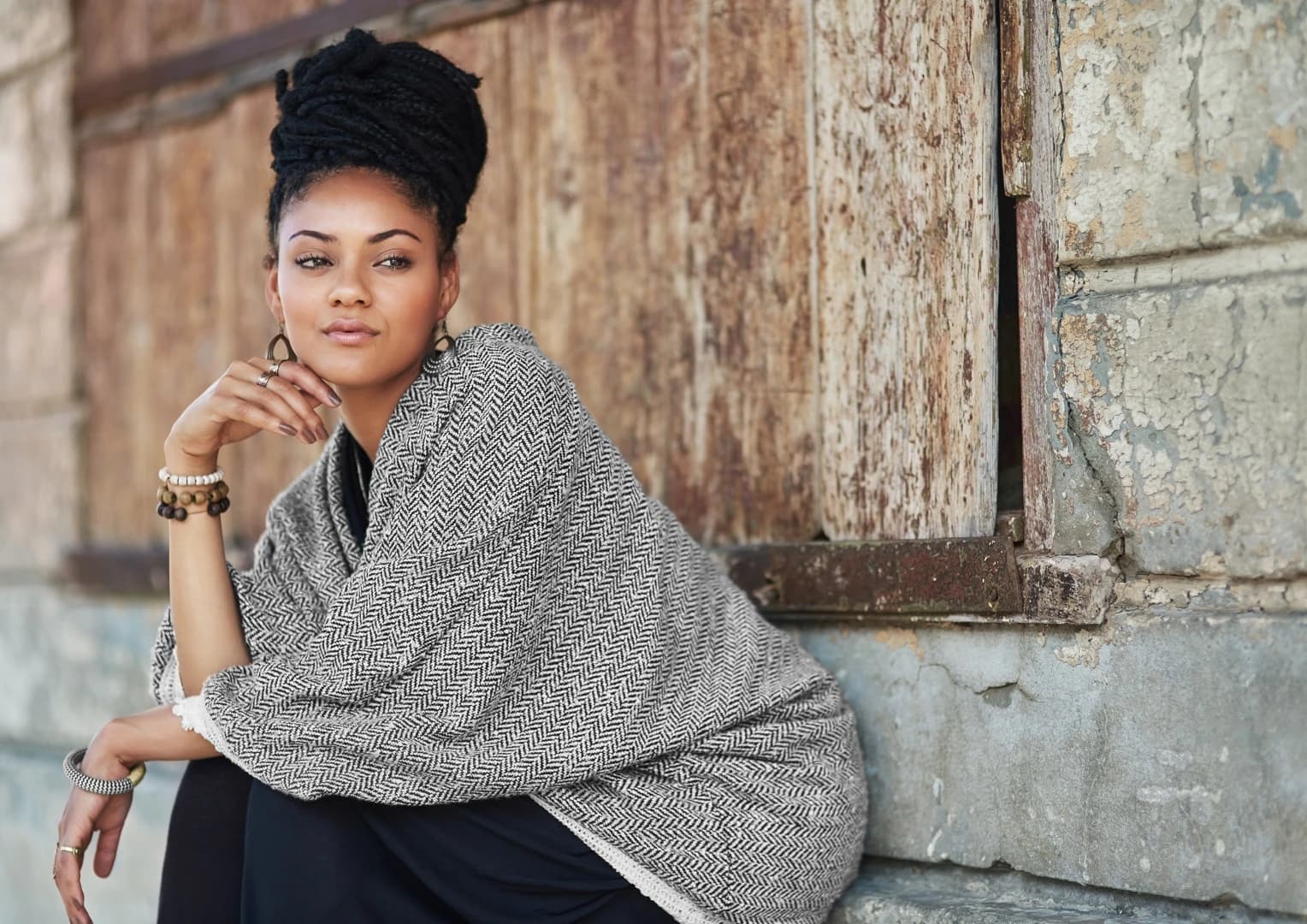Fashion as a Form of Self-Expression
Fashion is the pinnacle or the antithesis of self-expression. It could be both but to answer that question we have to define self-expression and if the act of wearing clothes falls under that definition. William James once said that the self is the total of all that a person can call theirs, not only their body and their psyche but the clothes in their house. Well according to the concept of self-identity, there are two forms of the individual. The first person AKA the ego consists of our beliefs, emotions, and past experiences, and the third person we like to call the perceived self which includes your actions, your words, and your possessions.
In James's court, he does not distinguish between the, but we find fashion too often falls under the third-person concept of self. When you step outside your home and enter the public sphere; onlookers translate your clothing to discern who you are. Whether consciously or unconsciously it makes certain assumptions about your identity. Recognizing this people have learned to personalize their outfits according to the gaze they want to appeal to.
Historically speaking aesthetic fashion has been used solely to distinguish individuals of different classes, cultures, or professions because clothing sends a universal, nonverbal message that nothing else can. For example, in ancient China, the emperor only wore a yellow robe. In 18th and 19th century Europe, the upperclassmen wore adorned layers of delicate fabrics and upper-class women wore corsets in bone skirts to signify that they weren't physical laborers. Also, patriarchal imposed gender roles influence this.
Nowadays branding and logos emblematize social class even more than a style of clothing, but this is perceived identity. You could save up pay checks from your nine-to-five job and purchase a Gucci bag to look up a class, but it won't make you rich. It will make you broke. It was warned in one of the papers that the dangers of collective thinking and de individuation, but this is something innate to human needs, a sense of belonging. A garment, a style of stress can be a ticket to an affiliation with the group. It doesn't need to be a Gucci bag. A shirt grants you recognition as someone interested in archived fashion or an underground band tee grants you recognition as someone with a particular musical taste.
In our opinion wearing a niche brand or a band tee solely has identification that you part of a group, serves the perceived self, and is in the form of pseudo-self-expression delineated by choice. The choice reflects the inner voice of the self where an object provides it with the body. Research in a Stanford paper in 1999 demonstrated the importance of unique choice making western culture as a reflection of an individual side identity. They harp on this idea of pseudo-self-expression, writing for Americans in many social situations. Conformity to group norms is associated with relinquishing one’s autonomy, not being in control, and being pushed around.
People often hear the message that they should not conform but go their way, chart their course, and march to the beat of a different drummer. Consequently, people follow the norm does not follow the example. But having unique choices or at least the encouragement to make them is essential to a healthy mind as long as they correspond to our first-person conception of self and aren't done blindly for the third-person illusion of self.
Someone said, Fashion is what you’re offered four times a year by designers. And style is what you choose. And if there is power in what we wear, there is also power in what we don't wear too. This is not about only fashion It’s all about being yourself do what you love and be different. The essence of this talk is freedom. Fashion is just one way to express that freedom. Fashion can communicate the differences to the world for us. With this simple act of truth, I realized that differences stop to be our shame and they became our expressions, expressions of an incredibly unique identity. We should express ourselves wearing what we want.
It boils down to the individual and their intentions. What we challenge you to do before every purchase, before you put on an outfit, take a second to question why you like this garment. Why do you like this brand? Does this serve your first-person concept of cells and make you feel good as an individual or does this make you feel good in the eyes of others? Because at the end of your day, at the end of your life, your happiness is all that matters.
READ MORE: Simple Haircare and Skincare Routines to Try Out
